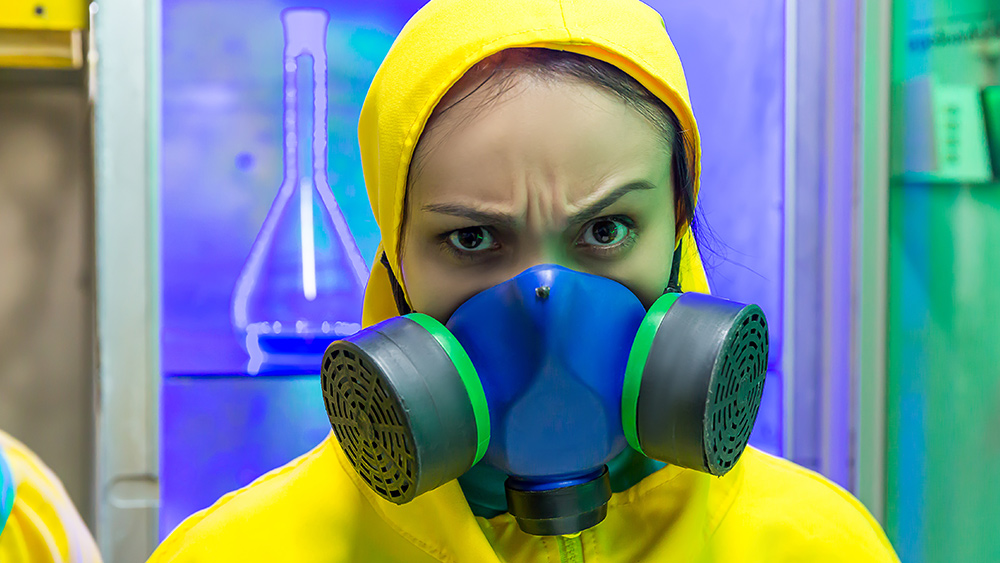There’s no real evidence that prescription drugs can treat chronic pain in children, but doctors prescribe them anyway
03/16/2020 / By Isabelle Z.

It’s easy for adults to chalk up chronic pain to part of getting older, but for children who are otherwise healthy, it can be downright devastating. Unfortunately, when these kids are prescribed drugs to address such pain, they are taking on a host of side effects for something that hasn’t even been proven to help them feel better.
When it comes to chronic pain among children, some of the most common varieties are headaches and migraines, musculoskeletal pain, and recurrent abdominal pain. This pain can really impact their quality of life, with many children who suffer from chronic pain missing school regularly and becoming isolated from their peers. They also tend to have more depression and anxiety than children who don’t have pain, and it can adversely affect their ability to reach their full potential in life in the long term.
While drug therapy is often the first course of treatment for these kids, a recent study shows there is very little evidence supporting this option. In fact, according to the researchers from the University of Bath who led the review, there isn’t any high-quality evidence pointing to the safety or efficacy of the drugs commonly used for chronic pain in children.
The study, which was summarized in the journal PAIN, outlines the serious lack of information we have about the treatment of chronic pain in children and determines that a lot more must be done to obtain more and better evidence.
To get an idea of just how little evidence there is, consider this: More than 300,000 patients have been studied across hundreds of trials for adults with chronic pain. The number of studies that have been carried out in children, however, is just six, with 393 kids involved in total. That’s hardly enough to draw a reliable conclusion about children in general.
The researchers pointed out that it’s not very reliable to simply apply the conclusions of studies carried out in adults to children as both their biology and metabolism function differently than those of adults.
Study co-author Dr. Emma Fisher said: “Children are not just small adults, so we cannot simply extrapolate evidence acquired from adults and use it in children.”
She added that the evidence we currently have available to us is not sufficient to say with any certainty whether the drugs that are used are the right approach. However, she said that with the current rate of reporting on clinical trials of just 1 every 3.5 years, it would take more than a thousand years to accumulate an acceptable base of evidence to make informed decisions. She called for urgent attention and funding to improve the knowledge base in this regard.
One part of the problem is that there are ethical barriers to carrying out randomized control clinical trials on children, and there are also some practical barriers as well.
Alternative treatments for children with chronic pain
Why aren’t more children being given non-drug treatments to address chronic pain? There have already been studies showing that psychological therapy, such as cognitive behavioral therapy, can have some success in reducing the pain and disability in children and adolescents, as can acupuncture. Other approaches could also prove useful, such as meditation yoga, exercise, massage and music therapy.
With one out of every five children reporting experiencing chronic pain, it’s clear that a better solution is needed or we could be setting up children for a lifetime of dependence on drugs that offer very little in the way of relief in exchange for substantial risks.
Sources for this article include:
Tagged Under: bad doctors, children, chronic pain, pain, Pain medication, pain relief, Prescription drugs, research



















